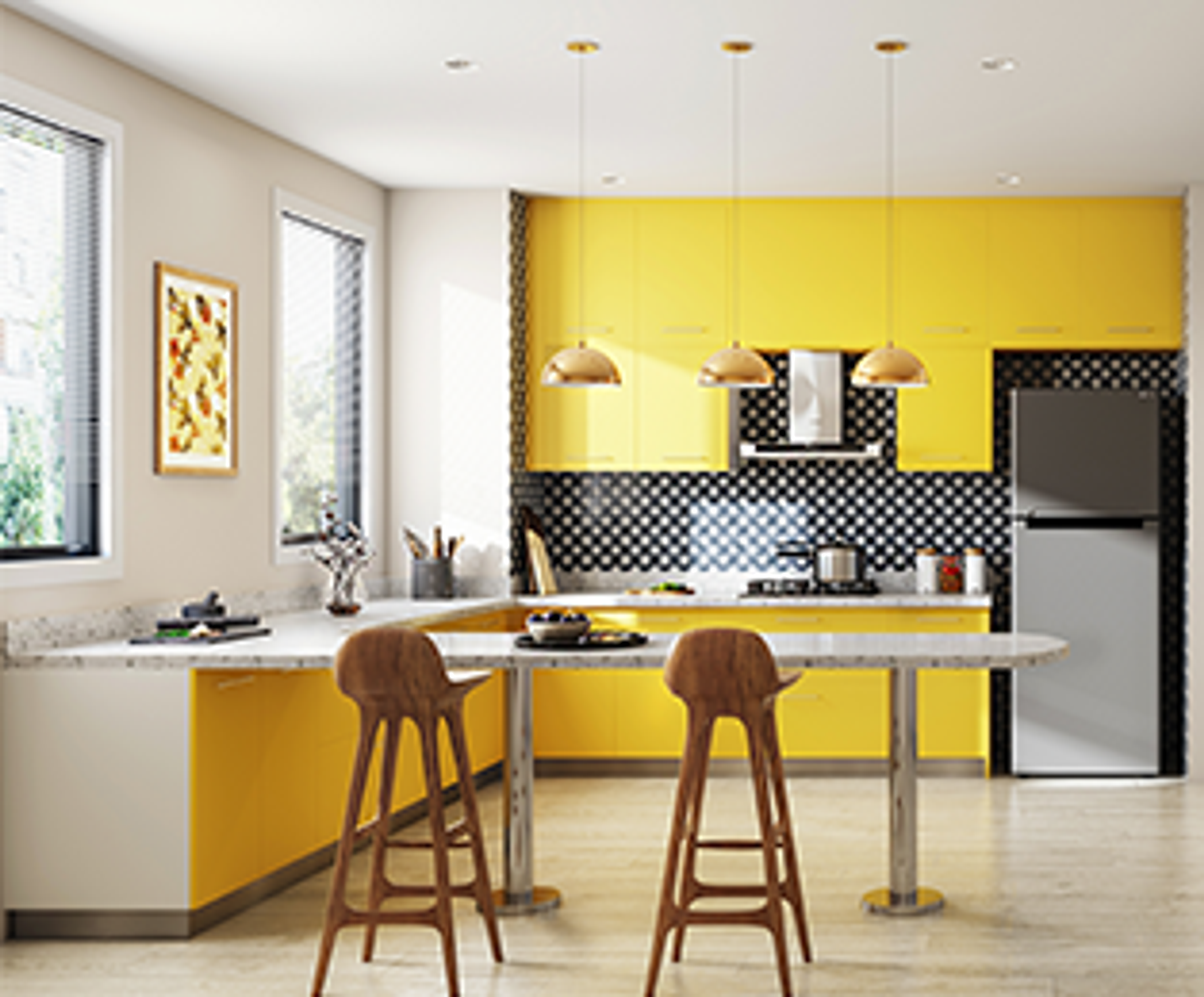Transform Your Home With Crucial Concepts of Interior Layout and Appearances
By comprehending the influence of color theory and the value of structure and patterns, one can create spaces that are not only aesthetically attractive yet also deeply personal. Accomplishing this stability involves more than simple decor; it encompasses a calculated arrangement and an eager understanding of exactly how each component interacts within a room.
Recognizing Shade Concept
Understanding the principles of color theory allows developers to develop areas that resonate emotionally with occupants while meeting useful needs. Each category plays an essential role in developing harmony within a space.
The emotional influence of colors is profound; cozy colors such as reds and oranges evoke power and warmth, while amazing tones like blues and eco-friendlies promote peace and serenity. Additionally, the use of corresponding colors enhances aesthetic interest, developing striking contrasts that can raise a room's charm.
Neutral shades, on the other hand, function as a versatile background, permitting other layout elements to radiate. It is vital to consider variables such as lighting and the area's purpose when choosing a shade palette, as these can change the assumption of colors throughout the day.
Eventually, a well-considered color design can transform an area, cultivating a sense of comfort and design that aligns with the occupants' choices. Mastery of color concept is, as a result, an important skill for any type of indoor developer aiming to create harmonious and welcoming settings.
Achieving Balance in Design
How can developers attain a feeling of stability in their spaces? Attaining equilibrium in style is essential to developing unified interiors.
Asymmetrical balance, on the various other hand, depends on differing components that still attain a cohesive look. This approach enables more vibrant and informal arrangements, providing passion while keeping stability. By meticulously choosing varying dimensions, shades, and structures, designers can create an aesthetically compelling room that really feels balanced yet energised.
Radial equilibrium emphasizes a central prime focus with aspects radiating exterior. This style is typically seen in round designs, where furniture and decor produce a cohesive border that draws the eye internal.
Ultimately, attaining balance calls for thoughtful consideration of scale, proportion, and the partnerships between components. miami interior design. By masterfully applying these balance concepts, designers can transform rooms into settings that feel both visually pleasing and functionally unified, boosting the general experience for owners
Significance of Spatial Recognition

A keen sense of spatial understanding permits developers to identify centerpieces within an area, directing the audience's focus to essential functions while preserving a general sense of unity. It likewise helps in the tactical placement of lights, which can drastically influence the understanding of room and state of mind. Comprehending spatial partnerships makes it possible for the designer to cater to the details demands of occupants, making certain that each location serves its desired function without jeopardizing aesthetic appeals.
Eventually, spatial understanding is important for making best use of the capacity of any indoor area. By thoroughly considering the interaction between measurements, layout, and feature, designers can develop atmospheres that not just satisfy practical demands however also evoke a feeling of comfort and appeal, enhancing the total living experience.
Integrating Appearance and Patterns
Accepting a varied variety of structures and patterns can significantly enhance the aesthetic and responsive appeal of an indoor room. The critical use different products-- such as timber, metal, material, and rock-- creates depth and passion, making an area feel a lot more inviting and vibrant. As an example, incorporating smooth surface areas with rough appearances can establish a balance that draws the eye and engages the detects.
When incorporating patterns, think about both scale and repeating. Big patterns can offer as centerpieces, while smaller, subtle designs can complement other aspects without frustrating the room. Layering patterns, such as pairing flower paddings with candy striped Read Full Article tosses, includes complexity and a sense of harmony if carried out attentively.
It is likewise vital to preserve a cohesive shade combination, making sure that textures and patterns collaborate instead of compete for her comment is here focus. By choosing a couple of vital appearances and patterns, you can create an unified visual that reflects your individual style while boosting the general ambiance of the space. Ultimately, the mindful consolidation of these elements can transform an ordinary room into an advanced setting rich with personality and warmth.
Customizing Your Room
Producing a room that shows your personality is essential to achieving an absolutely inviting atmosphere. Customization in interior layout enables you to instill your unique style and passions into your home, changing it from a mere sanctuary right into a haven that talks to that you are. Begin by choosing a shade palette that reverberates with your feelings-- bold tones can stimulate, while soft tones offer serenity.
Integrate art work and design that mirror your passions, whether it be travel, nature, or abstract principles. Displaying personal collections, such as books, photos, or keepsakes, can evoke cherished memories and develop focal factors within an area. Furthermore, consider customizing practical pieces, like upholstered furniture, to line up with your aesthetic choices.

Verdict
To conclude, the change of a home with the vital concepts of interior layout and appearance requires an extensive understanding of shade theory, balance, spatial recognition, appearance, and personalization. Each component contributes dramatically to producing a harmonious and useful living atmosphere - luxury interior design. By attentively incorporating these concepts, people can improve the aesthetic appeal and psychological vibration of their rooms, eventually promoting a home that shows one-of-a-kind identities while supplying convenience and practicality